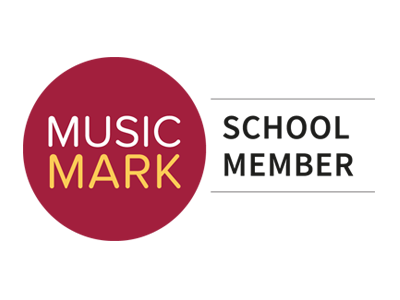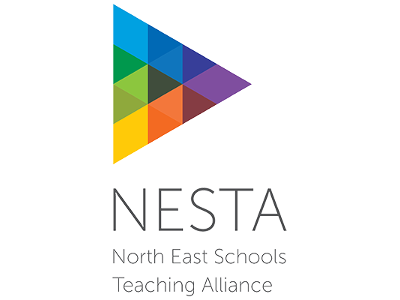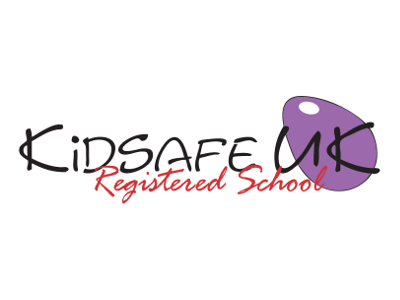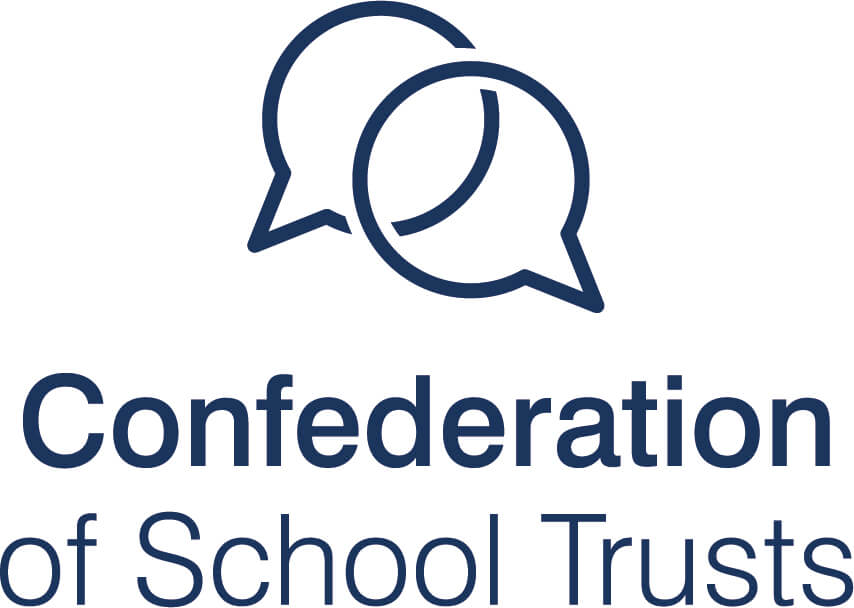Music – Year 6
Listening and understanding |
|---|
Elements of music |
Textiles |
|---|---|
|
Pitch: recognise and identify different scale patterns: major, minor, pentatonic and raga
Duration: understand irregular rhythmic groupings, such as fives, sevens Dynamics: understand how the full range of dynamics can be manipulated for expressive effect Tempo: understand how the full range of tempi can be manipulated for expressive effect Texture: distinguish between textures, and how they can be used for expressive effect; understand simple chord structures Timbre: identify families of instruments, and different ensemble combinations, eg: jazz band, orchestra, choir Structure: understand and identify contrasting style arrangements, theme and variations Applying understanding
|
PurposesExamples in addition to KS1 and lower KS2 Styles eg: Purposes eg: Non-musical stimuli eg: |
Controlling |
|---|
|
CreatingUse acoustic sounds and ICT to… |
|---|
|
Responding and reviewing |
|---|
|











